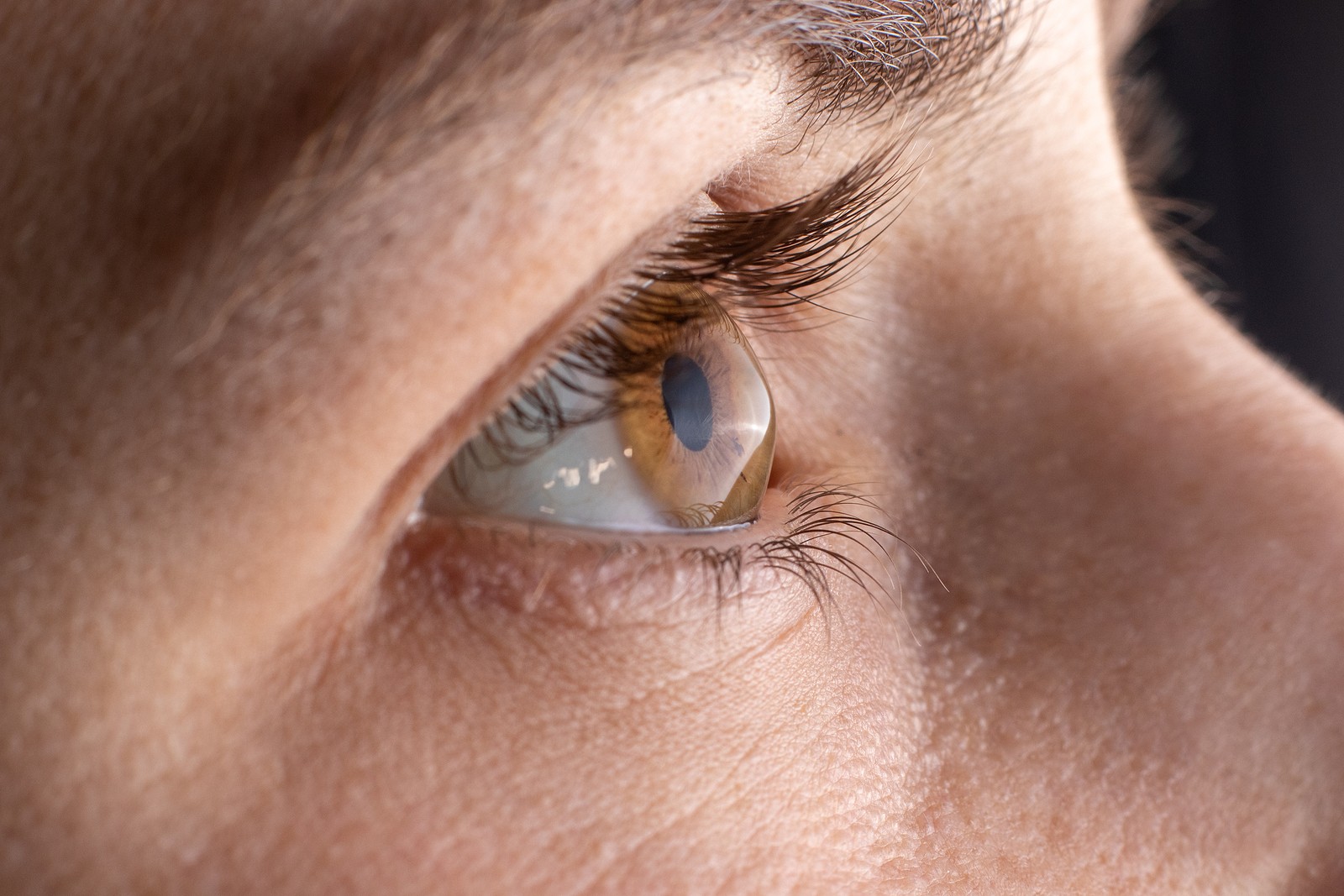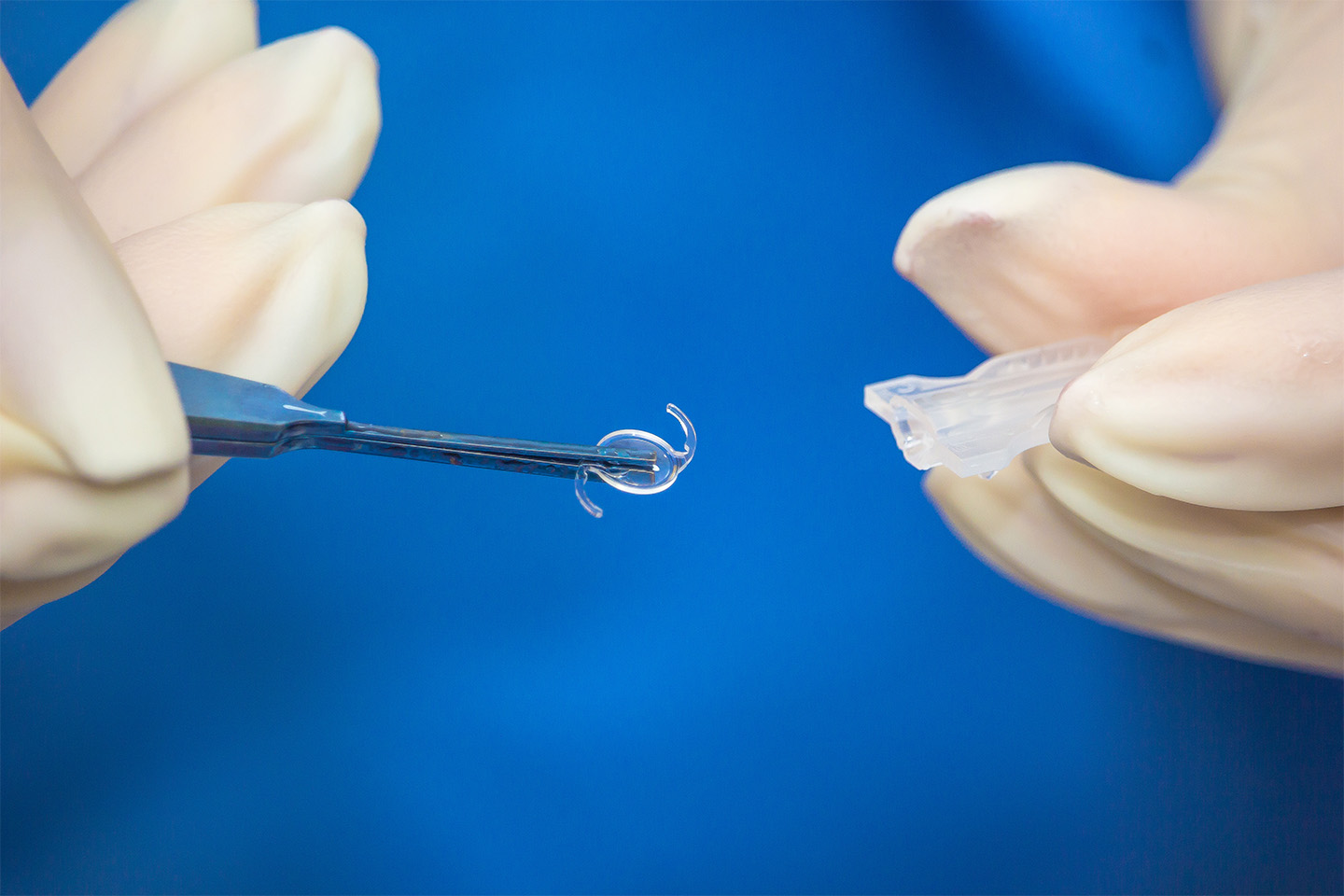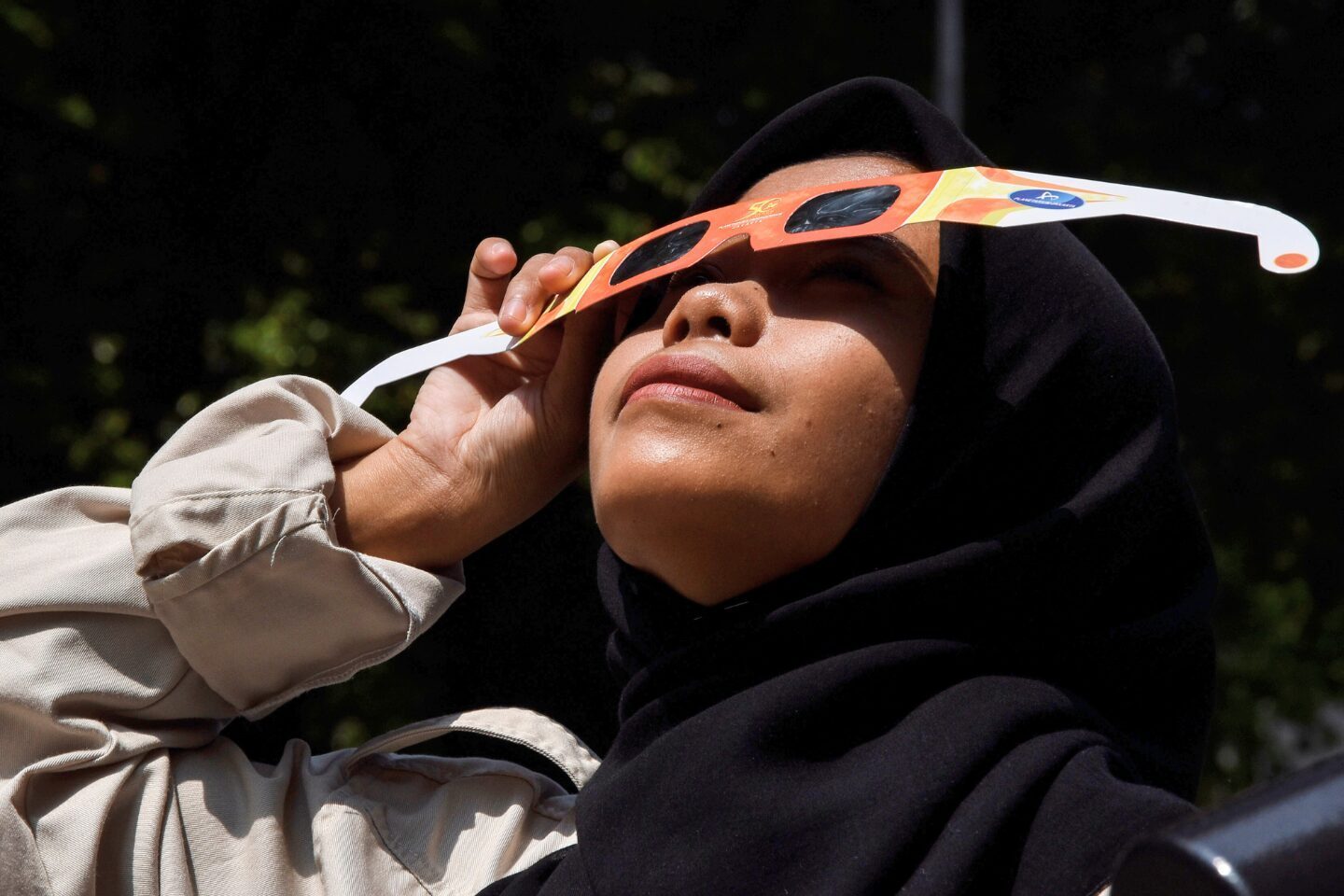Eye Care Series: Symptoms of Keratoconus

Some eye conditions are much more common than others, like keratoconus. This condition impacts one in every 2000 people, making your chances of developing it high. Over time, this condition can lead to vision loss and pricey corrective procedures. Learning the keratoconus symptoms and signs allows you to seek swift treatment to preserve your vision — and your wallet.
Continue reading to learn which visual changes to look out for.
What is Keratoconus?
Keratoconus is the thinning and change of the corneal shape due to weakened collagen fibers. In a perfect world, your cornea should maintain a smooth dome shape to focus light on the retina and produce clear images. When you have keratoconus, your cornea begins to bulge into a cone shape, distorting and blurring the vision over time.
What Causes Keratoconus?
There is no exact cause of keratoconus. We do know that it develops for one of two reasons: weak collagen fibers or low antioxidant levels in the body. Certain risk factors can increase the occurrence of these two events:
- Family history or genetics: 10% of people with keratoconus also have a parent with the condition.
- Age: Teens and young adults are most likely to develop keratoconus symptoms.
- Health conditions: Retinitis pigmentosa, Down syndrome, and Ehlers-Danlos syndrome increase your risk.
- Inflammation: It breaks down the cornea over time.
- Chronic eye rubbing; This action weakens the cornea and speeds the progression.
- Race: Black and Latino people have a greater chance of developing this condition.
Click here to read more about the causes and risk factors of keratoconus.
Common Keratoconus Symptoms
Keratoconus symptoms typically develop throughout the progression of your condition, beginning mild and becoming severe. You can start noticing symptoms as early as 10 years old through your early 20s. The signs can appear differently in each eye and continue to evolve.
In the early stages, keratoconus is most associated with mild blurring and distortion, light sensitivity, and some redness and swelling.
As it progresses, patients will experience more blurring, increased nearsightedness, and improper contact fit. It can take years to transition from the early to the late stages of keratoconus.
Other keratoconus symptoms include:
- Vision changes in one eye
- Irregular astigmatism or blurring at all distances
- Difficulty seeing at night
- Glares, halos, and double vision
- Itching that causes regular eye rubbing
- Eye irritation or headaches from eye discomfort
- Bright light sensitivity
- Sudden clouding or worsening of vision
These symptoms will still affect vision even with updated prescriptions and properly fitting contact lenses. It is worth noting that cataract and LASIK surgery in Dallas cannot reverse this problem. Typically, your prescription needs will change drastically and quickly, sending you back to the eye doctors in Dallas just months after your last visit.
In rare cases, you might experience sudden vision changes caused by corneal swelling. This incident occurs when the strain causes the cornea to crack and swell. Eventually, this tear heals and is replaced with scar tissue which worsens the vision even more.
Have you started to experience changes in your vision? Because keratoconus shares many of the same symptoms as other conditions, it is vital to receive a proper diagnosis.
Schedule an eye exam with one of our eye doctors in Dallas to ensure you are not developing keratoconus. If you are diagnosed with this eye condition, we will outline all your treatment options and provide swift care to help you maintain your best vision.









